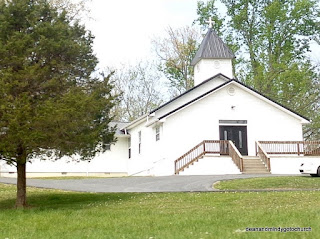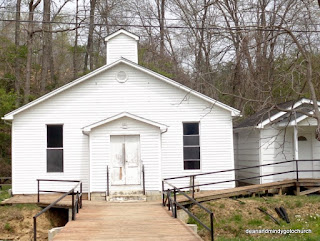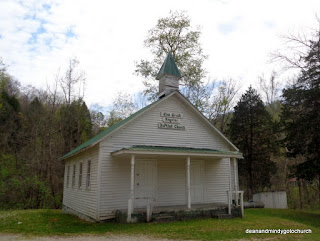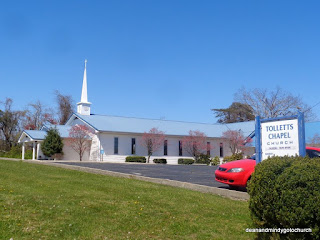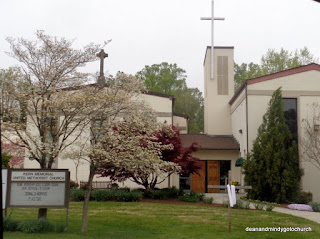Warrior Creek Development
McDowell County, West Virginia
 "Are you a Redneck or a
Hillbilly?" the little boy asked our friend, Beckie. It does seem like a
rather limited range of choices, but choices have been limited for a while in
McDowell County, West Virginia for a long time now. Widely known as coal
country, the area declined as the industry declined in the middle of the last
century.
"Are you a Redneck or a
Hillbilly?" the little boy asked our friend, Beckie. It does seem like a
rather limited range of choices, but choices have been limited for a while in
McDowell County, West Virginia for a long time now. Widely known as coal
country, the area declined as the industry declined in the middle of the last
century.
In a speech in May, 1963, PresidentJohn F. Kennedy said, "I don't think any American can be satisfied to findin McDowell County, in West Virginia; 20 or 25 percent of the people of thatcounty out of work, not for 6 weeks or 12 weeks, but for a year, two, three orfour years." The county was a focus in Johnson's War on Poverty -- but the
area continued to lose that war.
There was some hope the area might
flourish during the 1970's energy crises, but it didn't happen. In 1990, the
poverty rate reached 37%, with half of all children in families below the
poverty line. Since then, there have been other industries lost in the
community, natural disasters such as floods, and human disasters such as drugs
(OxyContin has been particularly destructive). With the reduced tax base, the
educational system has obviously suffered. Most young people see few options when
they look to the future.
Beckie and her husband, Craig Snow,
have come to the area to offer a few more options to young people in the area.
Last May, Craig incorporated the non-profit organization Warrior Creek Development
("Warrior Creek" was a town name from the early 1900's that
was changed by the coal companies). One of the goals of the organization is to
offer training and skills to young people.
Craig admits he took the outline of
the program straight from a man named Brandon Dennison of the Coalfield Development Corporation. In a two year program, willing men or women will work
33 hours, attend six hours of classes at Southern West Virginia Community and TechnicalCollege, and three hours of life coaching. Those who complete the program will
have an A.A in Applied Science, Construction, and Craig hopes the life coaching
will lead to a balanced view of life.
When Craig presents the program, he
makes something else clear: "I want you to know I'm a follower of Jesus,
but you don't have to be a Christian or become a Christian to be a part of the
program. I just think you should know my foundation for living, so this won't
take you by surprise. I don't want that to be a Trojan Horse."
The projects built by Warrior Creek
Development are chosen to benefit the community at large. One of the many
challenges faced by the education system of McDowell is a lack of adequatehousing for teachers. Warrior Creek is currently building three structures that
will have two apartments each, designed as a help in recruiting teachers to the
area.
The program started last May, and in
August, Craig started mentoring the two young men in the program this year. Both
are married; one is 20 years old and the other 30 years old. Other young men
and women have applied to the program, but didn't follow through. (Alcohol and
drugs have been a factor for a couple of those dropouts.) Applicants are required to be high school
graduates, or at least in the process of completing their G.E.D.s. Some of the
program applicants are presently high school seniors. (One of those high school
seniors is 17 years old, married with one child.)
In answer to that question from the eight-year
old, "Are you a Redneck or a Hillbilly?" Beckie answered Hillbilly.
The Snows have made a commitment to the hill country of McDowell County in the
hope that when that boy grows up, the world before him will be full of options.
(For more information about the project go to
http://www.warriorcreekdevelopment.org)











